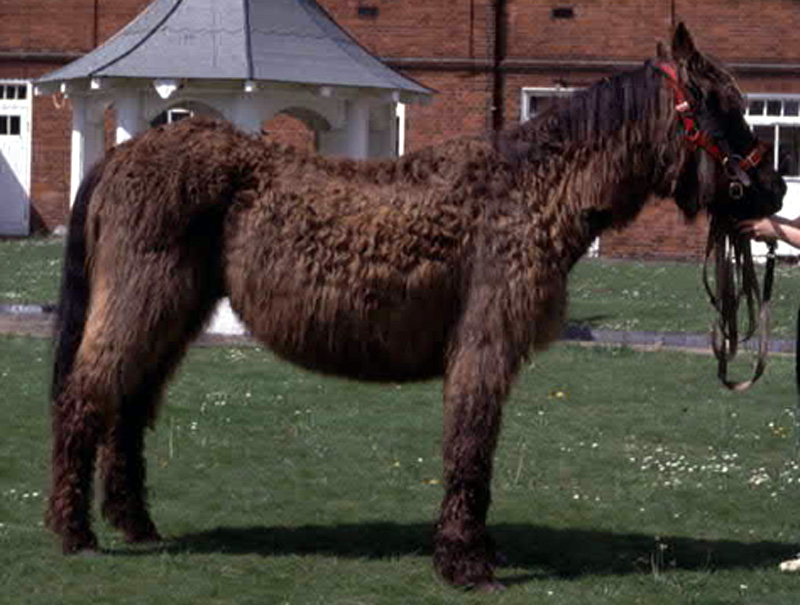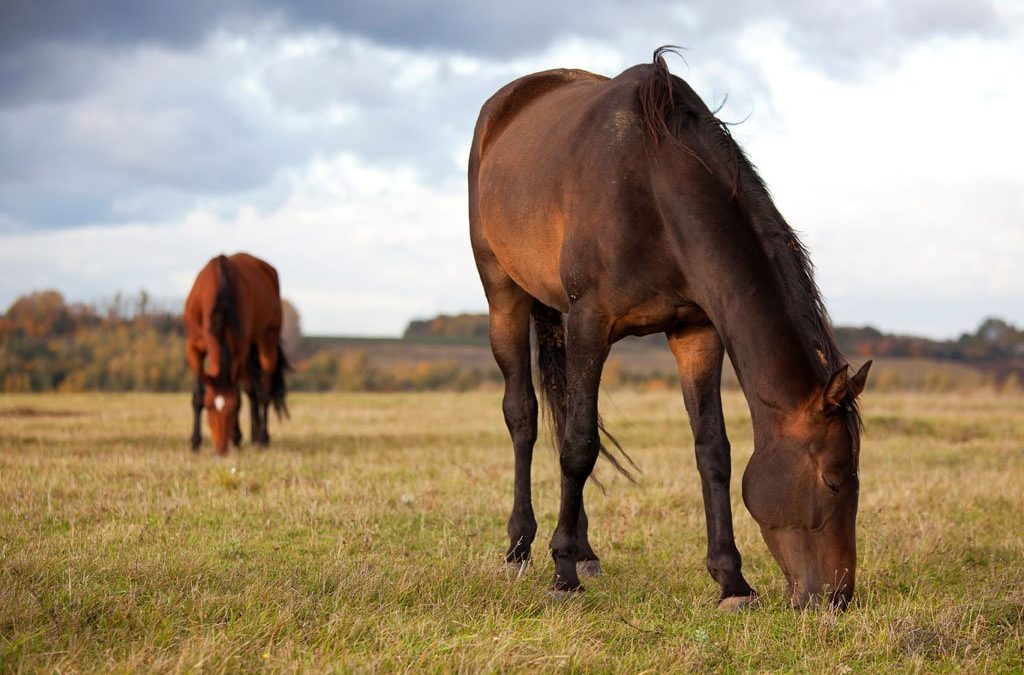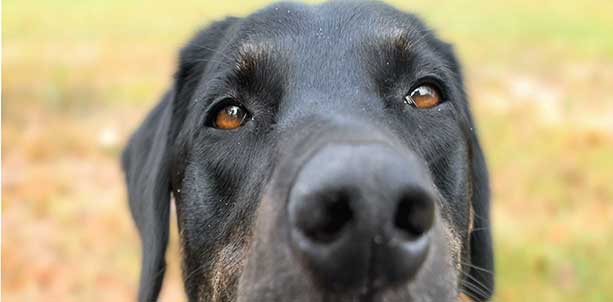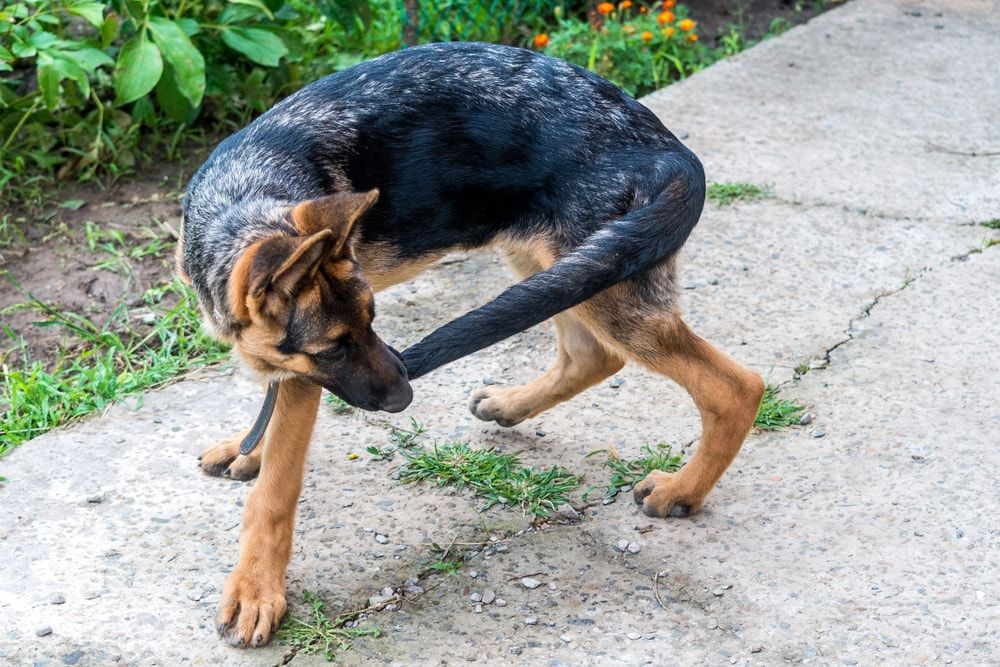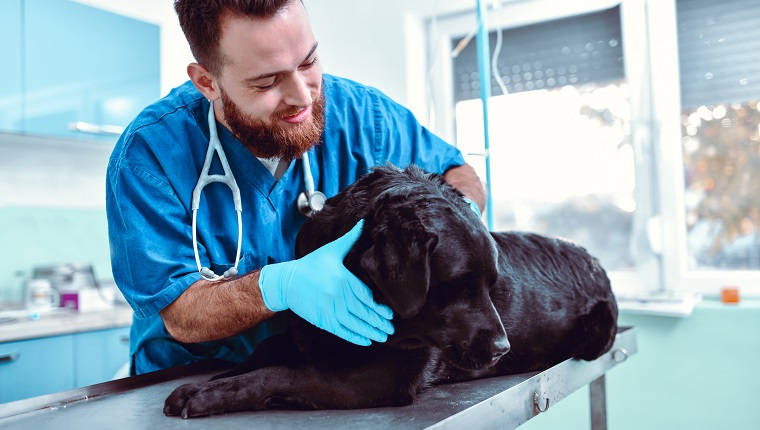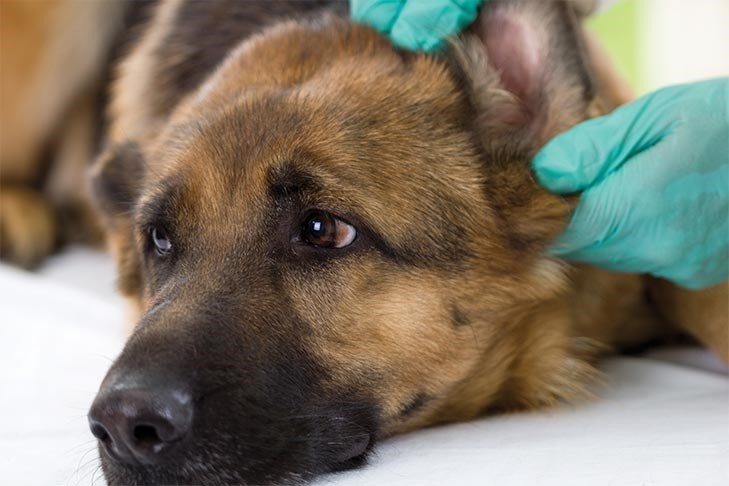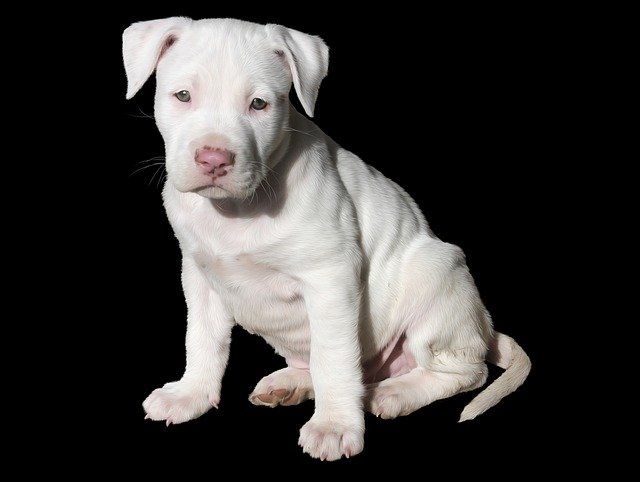
One of the most popular dog breeds around the world, Doberman is powerful, agile, and sleek. These pups are known for their loyalty and intelligence as well as their fearless nature.
They come in several colors with different colored markings on parts of their body. Apart from their preference as a family companion, these dogs are used in police and military applications.

White albino Dobermans are one kind known for their history of illnesses and behavioral problems and are least preferred as companions.
Today, let us try to learn more about Z Factor, the reason behind the problems in white Dobermans, and understand what you can expect from these dogs.
Z Factor Doberman – A Complete Guide
The Z Factor classifies white Dobermans into two categories. The ones with Z Factor have always been discriminated from others due to their health and behavior issues.
They can suffer from various inherited diseases seen throughout the line of the breed. One of the most common problems is poor eyesight which makes them unsure of what’s around, leading to different behavioral issues.
Z Factor Dobermans look beautiful as they have a creamy and white coat but they are not priced high as they come with a risk of developing multiple diseases. Moreover, these pups demand extensive medical care.
Not every white Doberman is at risk, some can be healthy and make good companions. However, it is best to get it DNA-tested to identify its risks.
The first Z Factor Doberman was born in 1976 and named Sheba. White Dobermans around the world are descendants of Sheba as it was bred to create a line of white pups. It is believed that the dam and sire as well as all the pups descending from this dog carry the albino gene.
Albinism is a condition inherited by these dogs in which they suffer from problems like:
- lesions on the skin, eyelids, lips, and other parts
- higher risk of cancer
- sensitivity to light
- …
What is a Z Factor in Dobermans?
A Z Factor suggests that the Doberman carries a gene mutation responsible for albinism. All the pups having a Z factor are known to be coming from Sheba, the first-ever dog born with albinism.
Such dogs have a letter Z in their registration number. When the pup is registered with AKC, the second character in the number will be Z to show the presence of the Z factor.
It is believed that breeding two Z Factor Dobermans presents a higher risk of getting albino pups than any other cross-breeding and hence should be avoided. Z Factor suggests the genetic mutation in the dog attributed to albinism.
All the white Dobermans have albinism and suffer from a variety of health problems including poor eyesight, higher risk of cancer, poor temperament and adaptability, and sensitivity to sunlight.
The Z Factor mutation is recessive whereby a dog descending from one may not be an albino but the puppies it produces can be Z Factor and turn out to be albinos.
A DNA test helps pet owners and breeders identify the presence of the Z Factor in the pup so that they can avoid producing more pups with diseases and behavioral issues.
Common Albino Doberman Health Issues
White Dobermans have a lifespan similar to other colors of the breed though they are prone to a number of health issues, affecting their behavior and quality of life to a great extent.
The first issue related to the low pigment levels in albino Dobermans is that of sunburn as they are not able to protect themselves well from the sunlight.
Albino Dobermans also suffer from problems related to vision. They are likely to squint whenever exposed to bright light or sunlight.
Such a problem makes these pups highly sensitive to sunlight and they are known to have poor vision as compared to other colors of the breed. These pets are also prone to a variety of skin issues like skin cancer.
Unfortunately being albino is the cause. Albino dobies have a slew of behavioral & health issues. For anyone who cares, do not ever breed these dogs or buy from a breeder who breeds them. If you see one at a doberman rescue and want to give it a good life be prepared to be
— Canine Advantix ™ (@HoggoDoggo) April 21, 2018
The pups with the Z factor are at risk of developing Von Willebrand disease where they experience bleedings from the digestive tract or nose. Another health issue is Wobbler syndrome resulting from malformation of the spinal cord. Some other health problems associated with albino Doberman include:
- Gastric Torsion
- Dilated Cardiomyopathy
- Hypothyroidism
- Heart Disease
- Retinal Atrophy
Doberman DNA & COI – What You Should Know?
Though one of the most popular and the oldest dog breeds, Dobermans can have a genetic mutation associated with some disorders that could result in serious diseases if not identified early.
Your best bet is to get a DNA test for your pup before adopting it to find out whether it is mutated and how you can best care for it.
Modern DNA tests provide you with COI which is the dog’s coefficient of inbreeding that tells you the amount of genome in the DNA, suggesting how much it is identical to the descendant.
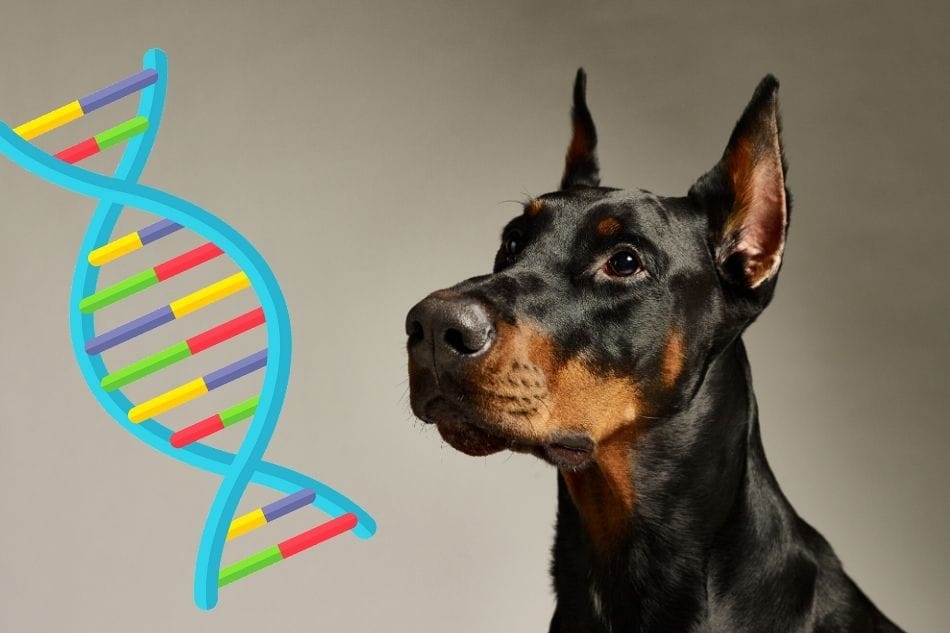
Most Doberman owners use the COI test that shows them the level of Z factor their pup has in its DNA and its expected lifespan.
A Doberman’s DNA clearly indicates the health risks and traits of the dog. It also explains whether the pup will grow to be aggressive or obedient and how likely it will give birth to puppies with the same gene mutation or those free of albinism.
The DNA also suggests risks of diseases like heart problems, seizures, and others commonly seen in Dobermans and provides deeper insight into the health of white albino Doberman.
Final Thoughts
The Z Factor mutation causes albinism in Dobermans which results in a variety of health issues as well as behavioral problems.
However, this does not mean you can’t adopt such a dog, you can get one and care for it. But expect a higher probability of it facing more common as well as more serious health problems.
If you are unsure if the the pup or the adult dog you are about to welcome in your family, is carrying the Z factor, the DNA test is adviced. This is even more true if you plan to further breed the dog in the future as the likelihood of the pups having the same mutation is high
When To Euthanize A Horse With Cushing’s Disease? UPDATED 2022 #2
Knowing when to euthanize horses can be a …
When To Euthanize A Horse With Cushing’s Disease? UPDATED 2022
Knowing when to euthanize horses can be a …
Feeding Alfalfa Pellets Instead of Grain – A Complete Guide
Horse owners have different opinions when it comes …
L Glutamine For Dogs – UPDATED 2022 – A Complete Guide
Digestive problems are quite common in dogs and …
L Glutamine For Dogs – UPDATED 2022 – A Complete Guide
Digestive problems are quite common in dogs and …
Blind Dog Walking In Circles? UPDATED 2022 – A Complete Guide
As a dog owner, you always keep a …
Laryngeal Paralysis In Dogs – When To Euthanize?
The toughest decision for a pet owner is …
Natural Treatment For Anaplasmosis In Dogs – UPDATED 2022
Spotting a tick on your pup is quite …
Does My Dog Have Dementia? – Quiz & Canine Dementia Scale
Dogs have so many resemblances with humans; one …
PLN In Dogs – A Complete Guide To Protein Losing Nephropathy In Dogs
Just like humans, dogs suffer from damage and …

